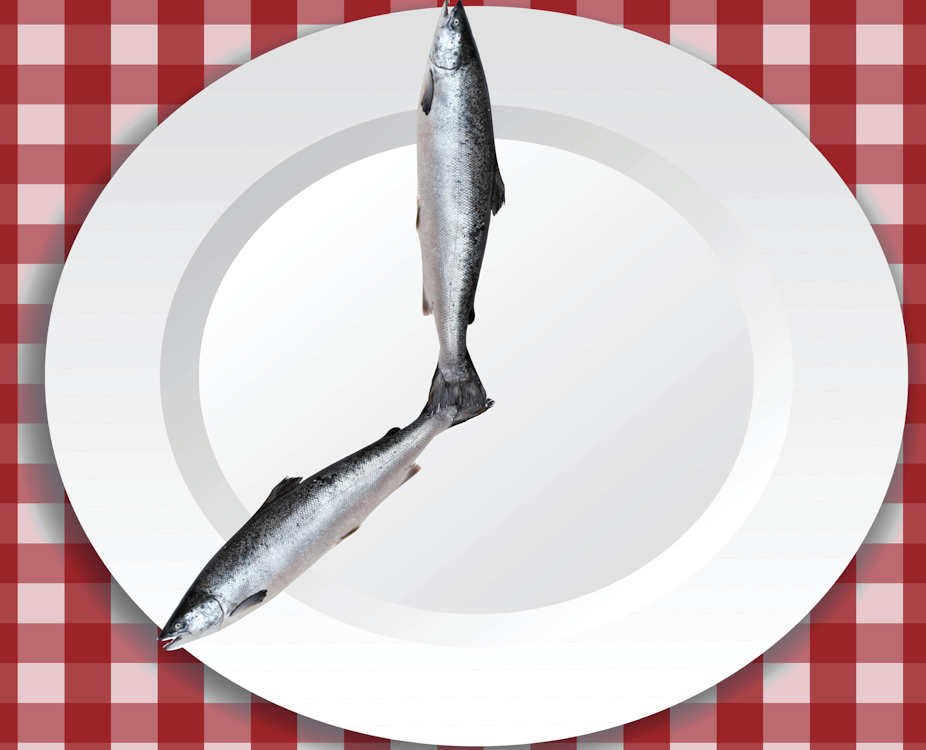Over the course of evolution, humans and other animals have developed biological clocks. These act as internal timekeepers and are synchronised by environmental cues, mainly the daily alternation between day and night. These internal clocks control biological rhythms for things like temperature, alertness and tiredness, helping animals to adapt their daily and seasonal activities to the environmental changes.
In recent years, these insights have become increasingly interesting to the world of medicine. Reseachers have been looking into the extent to which drugs have different effects on people at different times of the day as a means of optimising treatment – a field known as chronotherapy. In particular, Professor Francis Levi of Warwick Medical School has pioneered applying these principles to optimise chemotherapy treatments for cancer patients. His work revolves around improving patients’ quality of life by administering drugs at times when they can be best metabolised and are therefore least toxic.
One hour past the fish
While such work is still in its early stages in humans, the potential benefits have scarcely been considered in veterinary medicine at all. In my specialist area of aquaculture, otherwise known as fish farming, myself and some colleagues have been looking at some of the possibilities.
One of the major challenges in the field is disease outbreaks. At present, fish farms aim to keep their fish healthy by administering a variety of licensed drugs into the enclosures when there are outbreaks of disease. This happens more or less at random, depending on the operational constraints of the farm in question. Yet our recent research has found that the levels of both the toxicity and effectiveness of these drugs towards the fish varies at different times of day.
My colleagues and I have studied how the effects of several compounds on the physiology of fish change during the day. For example we looked at the effects of the anaesthetics which are used to minimise the stress responses of the fish. We found that if the fish were given the anaesthetics during the day, the drugs took effect much more quickly than at night, when the recovery period also took longer.
More recently our studies have looked at Atlantic salmon, the main aquaculture species in the UK. The focus has been the effects of chemicals used to control sea lice, the most significant parasite in salmon farming in Europe, estimated a few years ago to cost the world industry around €300m (£215m) a year.

Farms treat infected salmon in several ways, either in chemical baths or by adding drugs to the fishes’ food. This has led to a surge in parasite resistance and can cause stress in the fish, which can reduce feeding. This in turn affects growth rates, as well as raising concerns about the fishes’ welfare.
We have recently looked at the effects of hydrogen peroxide, one of the chemicals used to control sea lice, on the stress and toxicological responses of the salmon at different times of the day. Our initial results have found substantial time-dependent differences in the drug’s effects on the physiology of the fish. This is another sign that you can minimise negative effects by considering the timing of the treatment. Not only could it directly benefit the aquaculture industry by improving fish growth, it could improve its image as consumers increasingly demand higher standards of animal welfare.
When it comes to controlling sea lice there is much optimism in aquaculture around using “cleaner” fish called wrasse that feed on fish parasites. But their use in salmon aquaculture is still in its infancy – and further research is being conducted to optimise how they are produced and managed. While that takes place, the industry is still relying on chemicals, so there appears much scope for new strategies that could improve their effects.
Where we next cast our nets

In future we are going to look at the effectiveness of drugs at controlling parasites when they are administered at different times, taking into account the effects on both the pathogens and the fish. Another area of enquiry that potentially looks interesting concerns using vaccines or immunostimulants to prevent diseases and reduce stress in farmed fish. Since fishes’ immune systems also seem to rely on daily rhythms, it would not be surprising if the effects of such treatments varied throughout the day too.
Professor Giuseppe Piccione and his collaborators at the University of Messina in Italy pointed out as long ago as 2002 that chronotherapy should lead to a better use of medicines on farm animals. Our progress with fish certainly supports this. If medics in other fields both in human and animal medicine can learn to fine-tune treatments by adjusting administration times and doses accordingly, we could be looking at a great leap forward in the decades to come.

